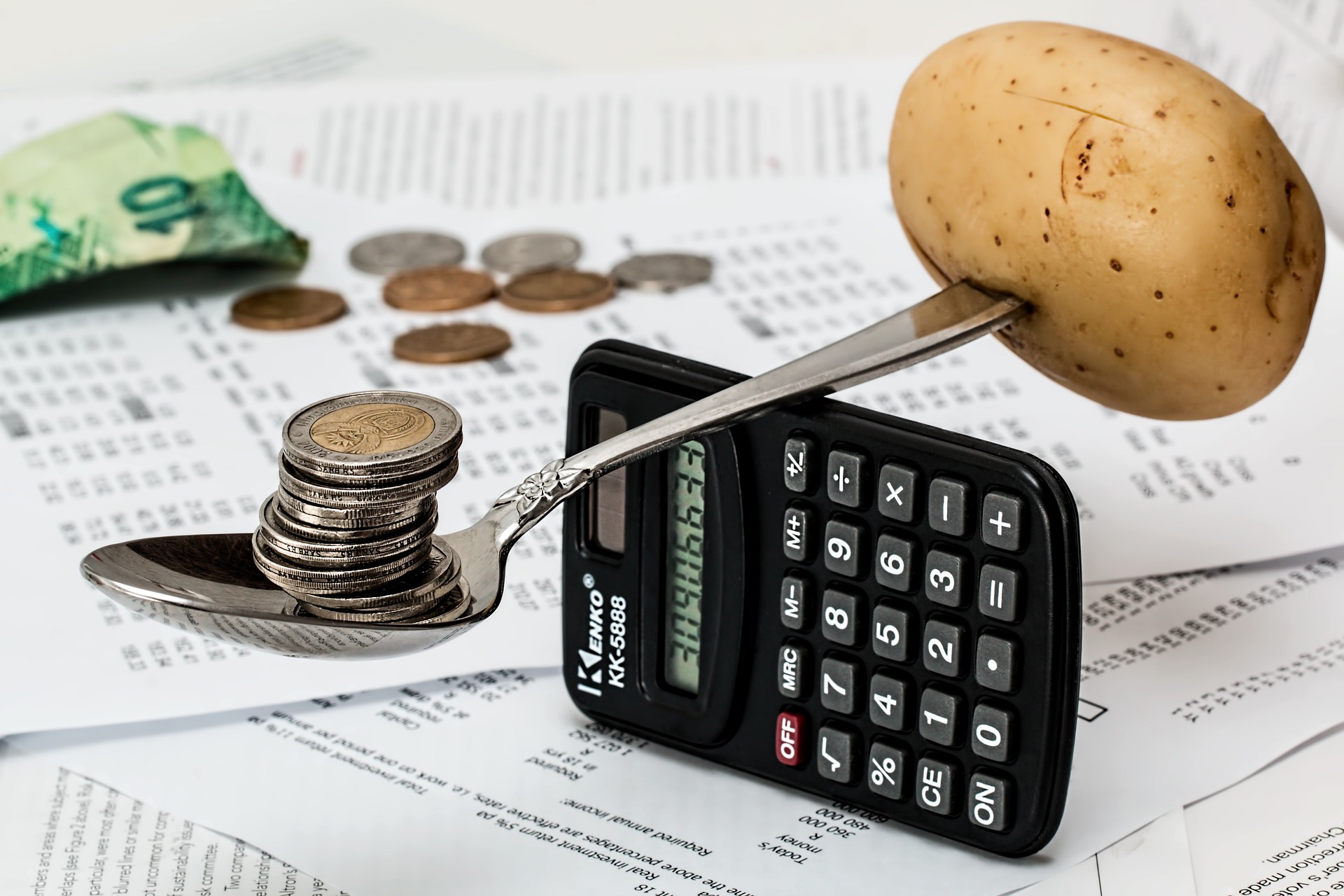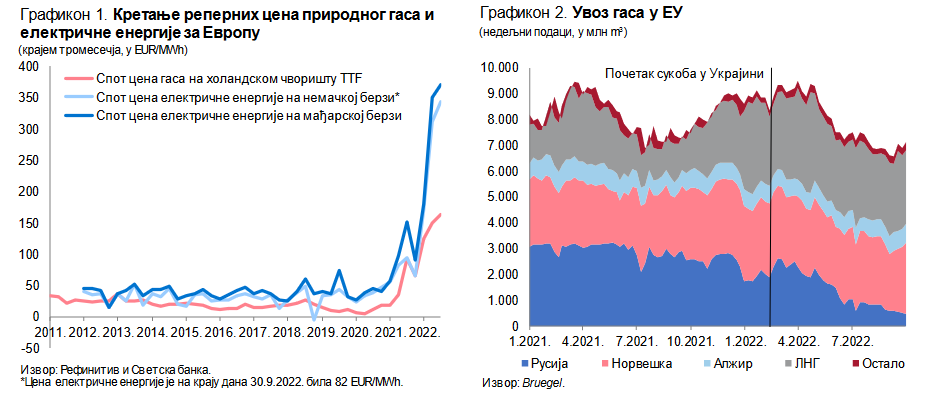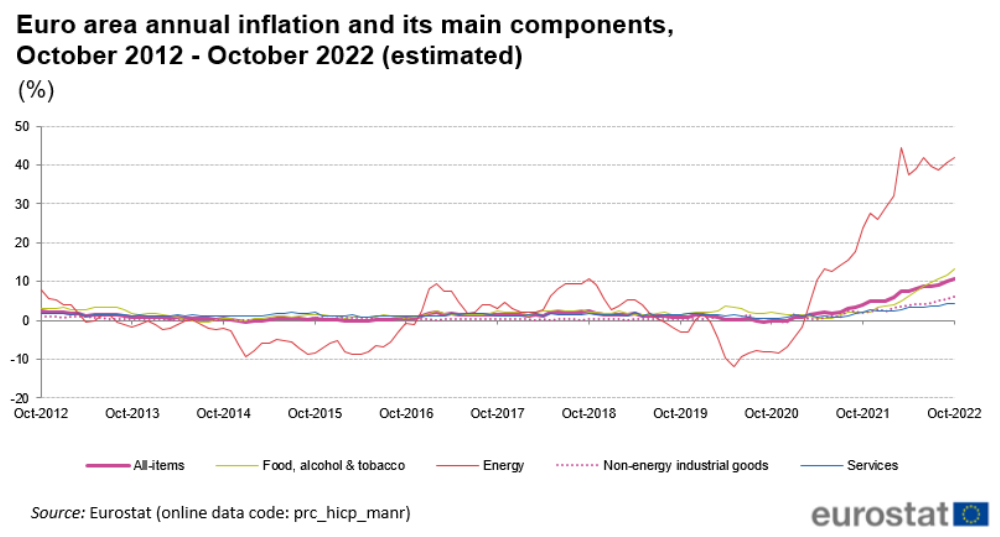
Inflation soars in Western Balkans
The international environment is also prompting price increases, Serbia's National Bank Governor Jorgovanka Tabakovic says, adding that inflation will remain until 2025. In Kosovo, Montenegro and Croatia, statisticians have reported above-average price increases.
Some good news: price of chewing gum has not increased significantly
Inflation in Serbia was 15 per cent year-on-year in October, which is higher than was expected back in August. However, people are seeing much higher prices in shops, with food prices up 23 per cent and milk and dairy products and eggs up almost 40 per cent. The official figures are better than these because there are products that have not increased significantly in price, such as chewing gum, which increased by 1 per cent.

Photo: Screenshot
The main reason for this is the global rise in energy and food prices, says Jorgovanka Tabakovic, from the National Bank of Serbia. The central bank’s November report on economic indicators and inflation highlights that geopolitical tensions have deepened and gas flows from Russia to Europe have fallen significantly compared to the same period last year. In addition, inflation at the global level is still being observed. Among other things, these all have an impact on the economic growth of the Eurozone, which is Serbia’s most important economic partner, the document reads.
Inflation is at its highest level in decades across the world, exceeding 10 per cent in the Euro area and Germany in October, Ms Tabakovic pointed out.

Photo: Screenshot
Higher global inflation is mainly due to larger-than-expected indirect effects, including rising prices for energy, industrial and agricultural products and raw materials, the document highlights.
„The rise in inflation is also affected by the still considerable imbalances. Examples include the gap between supply and demand, higher inflation expectations and definite uncertainty in commodity and financial markets,”
Ms Tabakovic writes.
There are also labour market tensions in many countries, still relatively high transport costs and continuing disruptions in global supply chains, which, while decreasing, are still causing significant cost hikes, she adds.
The bank governor is not optimistic, believing that the country has not yet reached the peak of inflation. Leading central banks and international institutions are predicting that inflation will remain above the long-term average in 2023 and even during 2024, and is only expected to return to normal levels in 2025.
Inflation rages across the Balkans
No country in the Balkans is able to avoid inflation. There is almost no difference between the indicators of the various countries, and everything is getting more expensive regardless of whether the state belongs to the European Union, or not. In EU member Croatia, inflation was reported at 13.2 per cent in October. This is a record for the Adriatic country, as the State Statisticsl Institute has never measured such high figures since its inception. Food and non-alcoholic beverages have seen the biggest price increases in Croatia.

Photo: Pixabay
In Kosovo, inflation was highest in the second quarter, with a figure of a 14.1 per cent recorded in June in the self-declared independent country. As in Croatia, food and drink are fuelling the price hikes, but energy prices have also risen significantly.
In Montenegro, inflation almost reached 17 per cent. The Monstat Statistics Agency reported that the annual money depreciation in October was 16.8 per cent in the EU candidate country, with the price of milk, cottage cheese, eggs, clothing and other foodstuffs rising the most.

